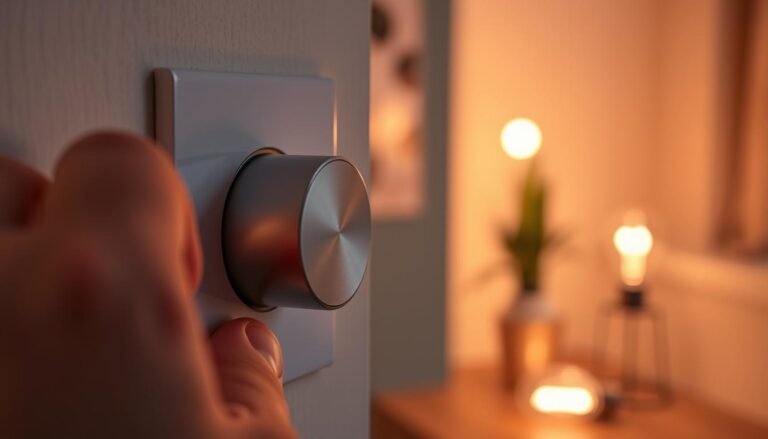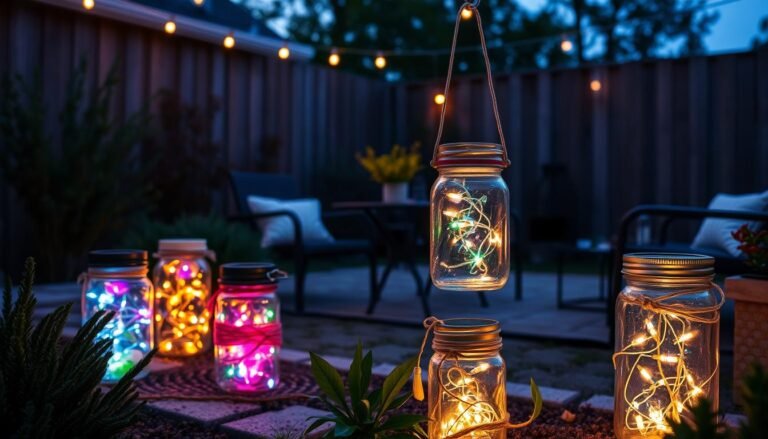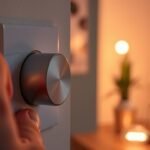Affiliate Disclosure: This post may contain affiliate links. If you make a purchase, we may earn a small commission at no extra cost to you.
When it comes to interior and outdoor lighting, there are different design options to consider. One such option is direct lighting (DL). Understanding direct lighting and how it can be used will help you create the perfect ambiance and functionality in your home.
DL refers to non-reflected light that is directed at a specific object or area, providing focused and strong illumination. This can include sunlight streaming through a window, task lighting in your workspace, or spotlights highlighting artwork.

There are several benefits to incorporating DL in your home. First, it creates sharper shadows, which can be used to accentuate objects and add depth to your space. Secondly, direct lighting often requires fewer fixtures to achieve the desired lighting standards, making it a cost-effective option.
Additionally, it provides brighter and sharper light, making it suitable for tasks that require high visibility. Finally, this lighting is ideal for safety and security applications, as it helps to enhance visibility and deter potential intruders.
However, it’s important to consider the drawbacks of DL as well. Harsh direct light can cause reflections on screens, making it less ideal for areas where you use electronic devices extensively. It can also result in uneven lighting, with areas closer to the light source being brighter than others.
Moreover, excessive DL can cause glare and eye strain, particularly in areas where tasks requiring visual focus are performed. Finally, this type of lighting may reduce the contrast in a room, resulting in a more flat and less visually interesting space.
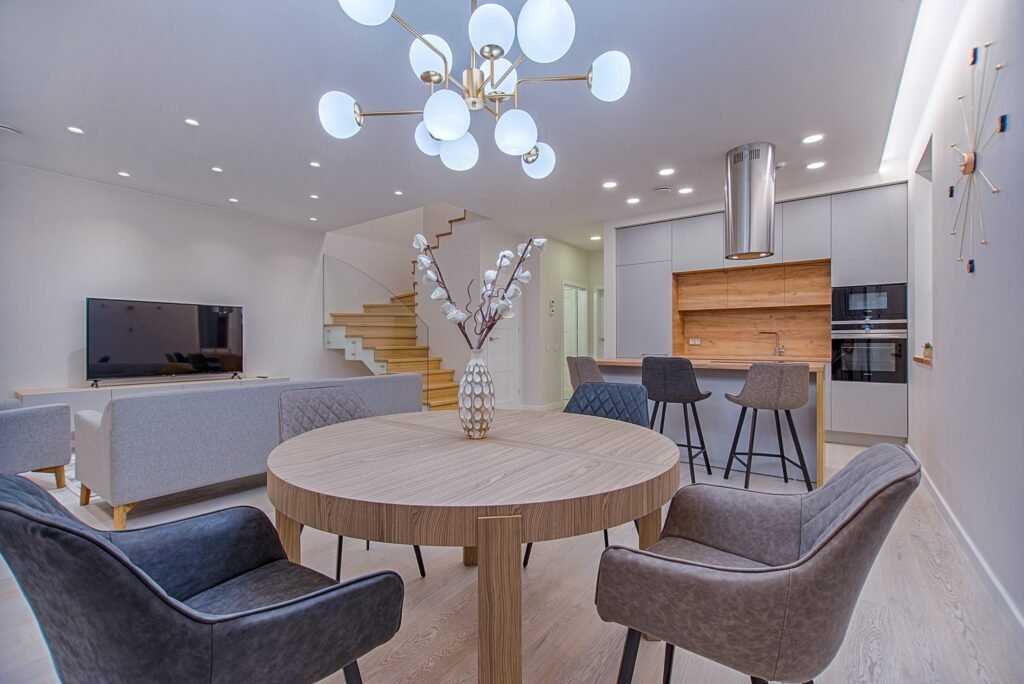
Key Takeaways:
- DL refers to non-reflected light directed at a specific object or area.
- The benefits of DL include sharper shadows, cost-effectiveness, bright and sharp light, and suitability for safety applications.
- Drawbacks of DL include screen reflections, uneven lighting, glare, eye strain, and reduced contrast in the room.
Enhance your space with the right application of indirect lighting
To achieve the desired effect with indirect lighting, it’s essential to aim light sources onto appropriate surfaces for reflection. This allows the light to spread throughout the space, creating a warm and inviting atmosphere.
| Direct Lighting | Indirect Lighting |
|---|---|
| Provides focused illumination | Creates a more even and diffused light |
| May cause harsh shadows and glare | Reduces shadows and glare |
| Suitable for task-oriented areas | Enhances visual comfort and creates a relaxed ambiance |
| Requires fewer fixtures | Allows for creative lighting effects and highlighting architectural features |
When designing your lighting scheme, a combination of both direct and indirect lighting can help you achieve the perfect balance. DL can provide task-oriented illumination, while indirect lighting adds a warm and inviting layer of ambient light. This combination ensures optimal lighting for various activities and enhances the overall aesthetics of your space.
Direct Lighting vs Indirect Lighting: Choosing the Right Option
When it comes to illuminating your home, selecting the right type of lighting is essential to create the desired atmosphere and functionality. Two popular options to consider are DL and indirect lighting. Understanding their differences and applications will help you make an informed decision.
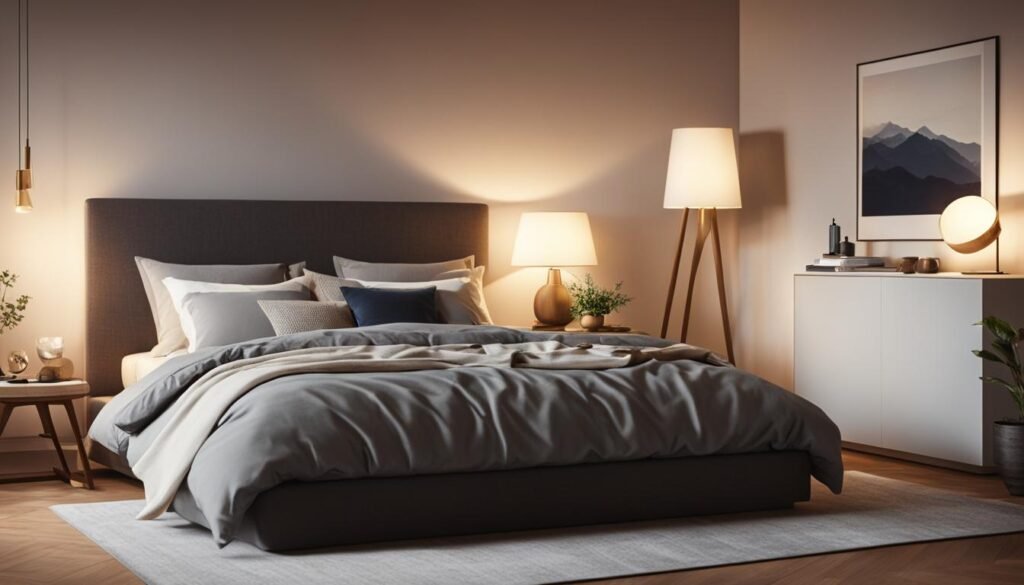
Direct Lighting: This type of lighting is perfect for areas that require focused and intense illumination, such as workspaces, kitchens, and offices. DL provides bright and strong light directly onto an object or area, ensuring optimal visibility for tasks that demand precision and clarity.
Examples of DL fixtures include task lamps, pendant lights, and spotlights. If you need to highlight specific elements or create a well-lit workspace, DL is the go-to choice.
Indirect Lighting: In contrast, indirect lighting is commonly used to create a warm and inviting ambiance by diffusing light throughout a space. It bounces off surfaces like walls, ceilings, or floors, creating a gentle and uniform glow.
Indirect lighting reduces harsh shadows and minimizes eye strain, making it ideal for areas like dining rooms, living rooms, and relaxation spaces. Cove lighting, wall washers, and up-lights are popular fixtures for indirect lighting. By spreading light evenly and avoiding direct glare, indirect lighting helps to establish a cozy and comfortable environment.
To make an informed decision, consider the purpose and effect you want to achieve for each space. While DL offers precise illumination, indirect lighting helps balance the intensity and creates a warm ambiance. Depending on the room’s function, you may even opt for a combination of both direct and indirect lighting to maximize the benefits of each type.
Remember that lighting plays a crucial role in setting the tone and functionality of your home. It’s important to assess the specific needs of each area and select the appropriate lighting solutions. Enhance your home with the perfect blend of direct and indirect lighting to create a space that is both visually appealing and optimally functional.
Direct Lighting:
- Ideal for workspaces, kitchens, and offices
- Provides focused and intense illumination
- Highlights specific objects or areas
- Examples: task lamps, pendant lights, spotlights
Indirect Lighting:
- Creates a warm and inviting ambiance
- Diffuses light for a gentle and uniform glow
- Reduces shadows and minimizes eye strain
- Examples: cove lighting, wall washers, up-lights
Conclusion
Lighting plays a crucial role in enhancing the overall look and functionality of your home. DL offers focused and powerful illumination, ideal for tasks that require brighter light.
On the other hand, indirect lighting creates a warm and inviting ambiance by diffusing light throughout a space. Understanding the differences between direct and indirect lighting helps you design effective lighting strategies for different areas of your home.
When choosing between direct and indirect lighting, consider factors such as the desired mood, energy efficiency, and the specific tasks to be performed in each space.
DL is perfect for areas like workspaces and kitchens where strong illumination is essential. Indirect lighting, on the other hand, is great for creating a cozy atmosphere in places like dining rooms and relaxation areas.
By implementing the right lighting strategies, you can achieve optimal light distribution in your home. This involves a balance between direct and indirect lighting, ensuring that each area receives the appropriate illumination for its intended purpose. With the right combination of direct and indirect lighting, you can create inviting and functional spaces in your home that cater to your specific needs and preferences.
FAQ
What is DL in lighting?
DL refers to non-reflected light that is directed at a specific object or area, providing focused and strong illumination.
What are some examples of DL?
Examples of DL include direct sunlight, task lighting, downlights, track lighting, troffers, and spot lighting.
What are the benefits of DL?
DL offers benefits such as sharper shadows for accentuating objects, requiring fewer fixtures, brighter and sharper light, cost-effectiveness, and suitability for safety and security applications.
What are the drawbacks of DL?
DL can have drawbacks like harsher light causing screen reflections, uneven lighting, additional glare that may cause eye strain, and reduced contrast in a room.
How does indirect lighting differ from direct lighting?
Indirect lighting involves the reflection or bouncing of light off objects or surfaces, providing a more even and diffused light. It reduces shadows and glare, minimizes eye strain, and adds depth to a room.
When is DL ideal to use?
DL is ideal for focused illumination in areas like workspaces, kitchens, and offices, where brighter and stronger light is needed.
When is indirect lighting commonly used?
Indirect lighting is commonly used for creating a warm ambiance and evenly distributing light throughout a space. It is suitable for areas such as dining rooms and relaxation spaces.
Can I use both direct and indirect lighting together?
Yes, some lighting fixtures offer a combination of direct and indirect lighting. However, it’s important to understand the difference in function. DL directly illuminates an object or area, while indirect lighting spreads light outside the direct scope and illuminates other objects.
What should I consider when choosing between direct and indirect lighting?
When choosing between direct and indirect lighting, consider factors like the desired mood, energy efficiency, and the specific tasks to be performed in each space.
Check out our FREE Tools on our Resources Page
Source Links
- https://www.modern.place/indirect-lighting-vs-direct-lighting/
- https://www.warehouse-lighting.com/blogs/lighting-resources-education/what-is-direct-indirect-lighting
- https://turnitonelectric.com/direct-lighting-vs-indirect-lighting/


